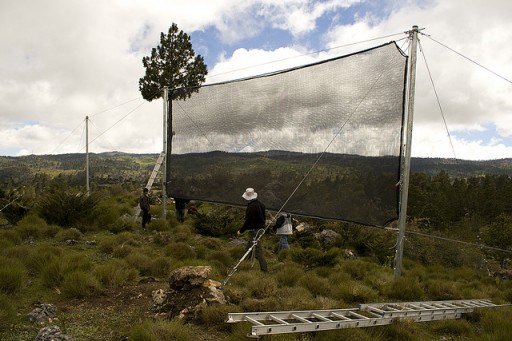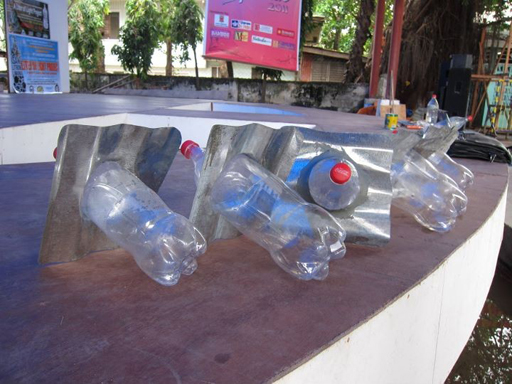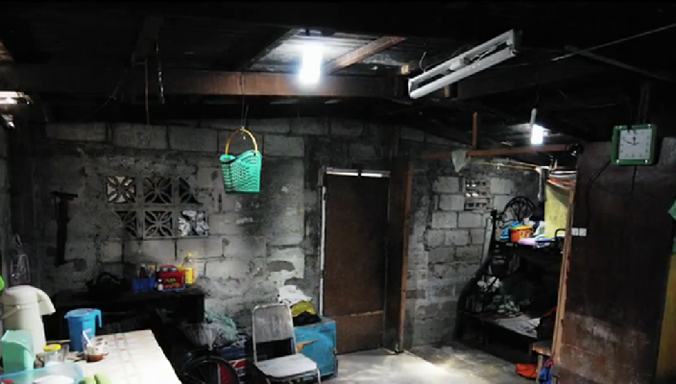The fashion industry has been around for ages, but what most people are not aware of is that it produces alot of waste by tossing the scraps of textiles that are not used and that is harmful to our environment. China is the largest production of clothing in all of the world, they waste around 234 tons of fabrics into its landfills every year. This year, during Hong Kong Fashion Week, a competition was launched called the EcoChic Design Award China 2012 which designers were to create fashionable clothing that would not cause a big , harmful environmental impact. The winner of the contest was Gong Jia Qi who designed all of her garments completely using tossed fabrics. Although this was only a competition, this is also another issue that should be taken into consideration because it harms the environment and fashion designers should be aware of and take the steps to change this cycle. Most iconic fashion houses like Chanel, Dolce & Gabanna and Versace create unique pieces of clothing that involve very expensive & original fabrics and cannot use recycled fabric scraps, they should analyze a way that they could waste less material but still achieve their customer demand or can their products, once completely used can also be recycled, and not only high end fashion houses but any type of fashion manufacturer should take this into consideration so that all industries can work together and contribute to making a more sustainable world.



Some of the unique looks that were created by Gong Jia Qi.
All info and images from: http://www.treehugger.com/sustainable-fashion/ecochic-competition-brings-sustainable-fashion-shanghai-fashion-week.html











 \
\